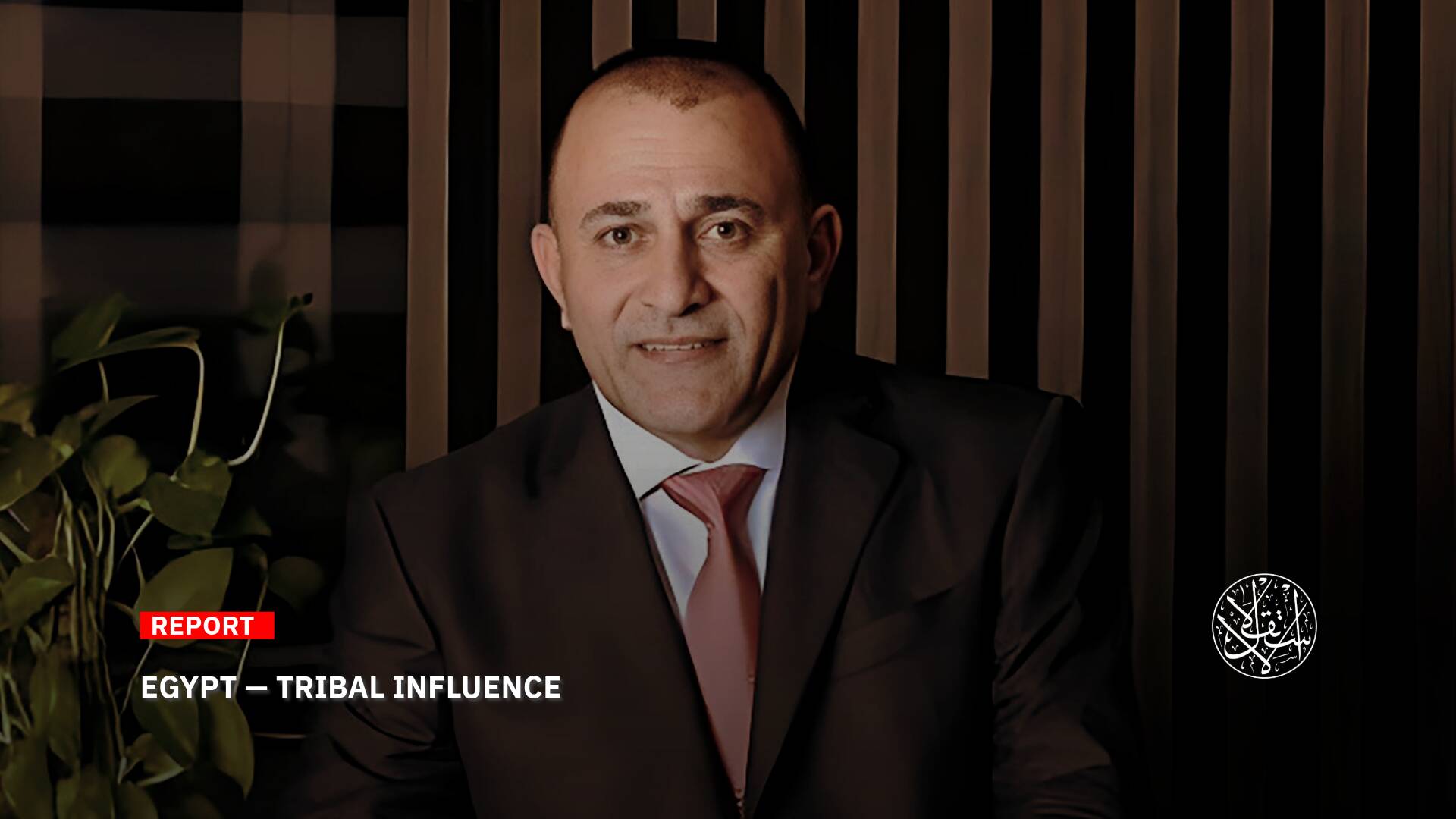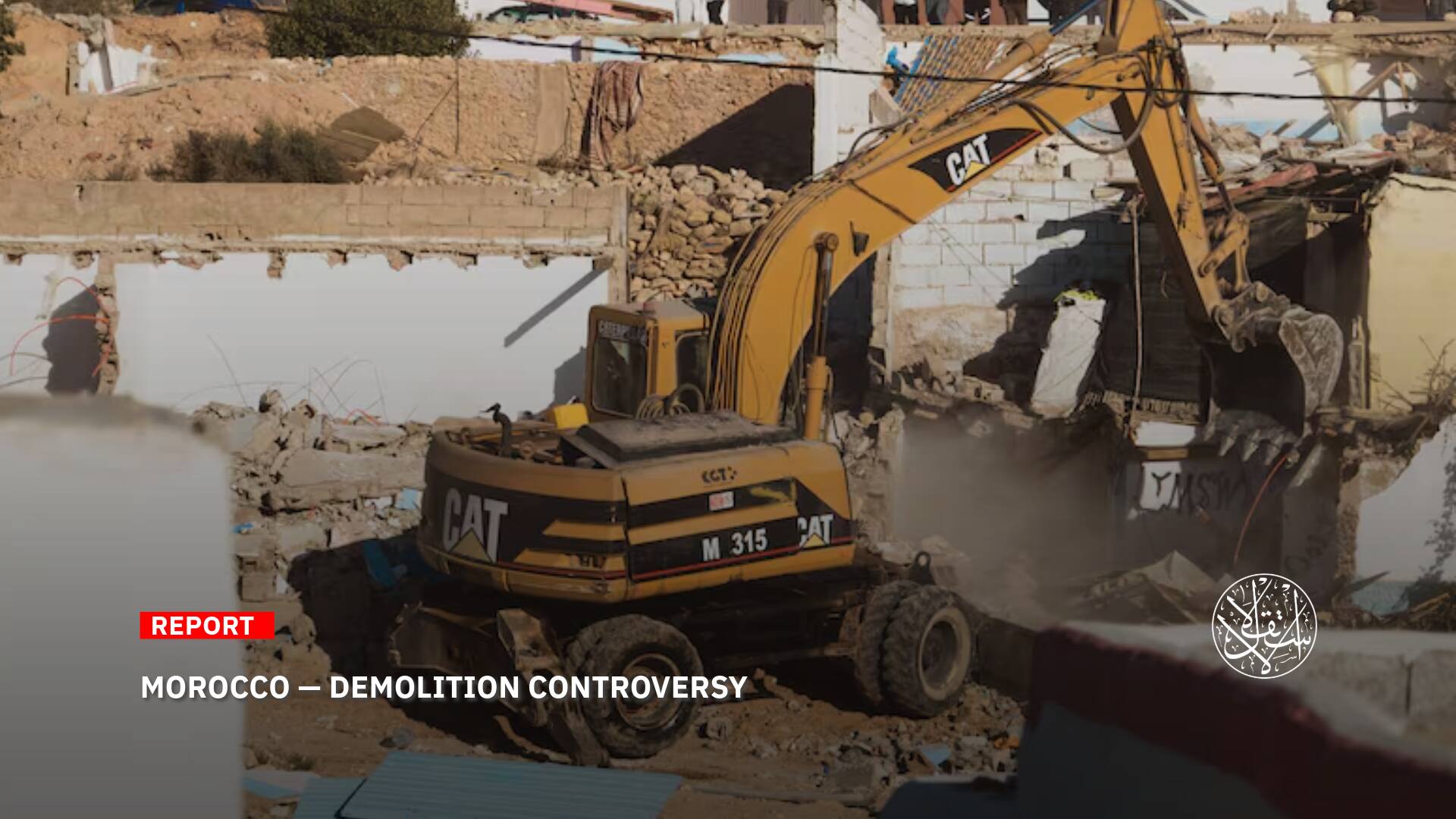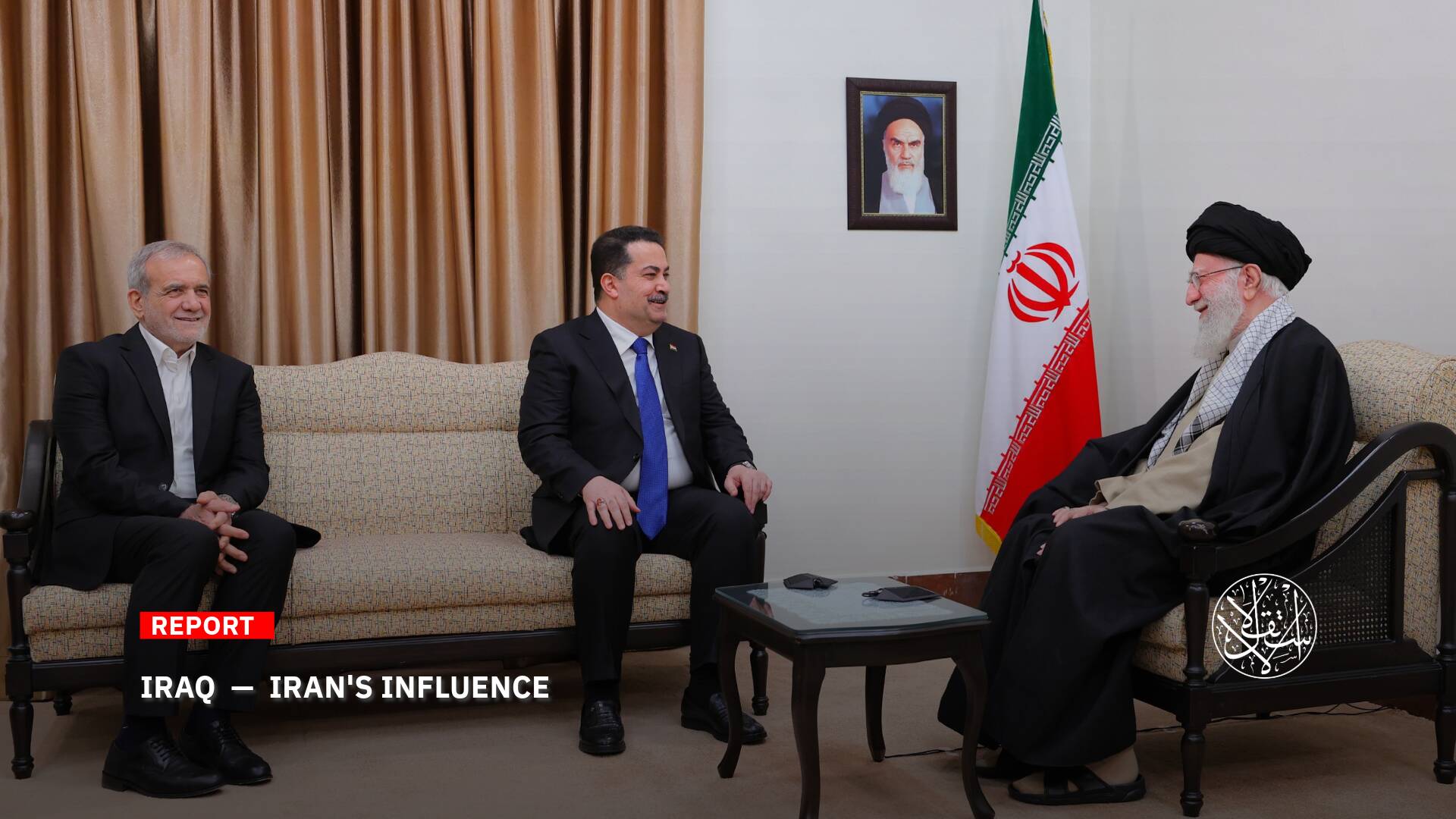An American Investigation Reveals Secret Mass Graves of Detainees Killed in Assad’s Prisons

In conjunction with the anniversary of the Syrian revolution against the regime of Bashar al-Assad, the New York Times revealed tragic evidence and information exposing the most horrific crimes committed by the Assad regime against the peaceful Syrians who reject its rule, namely the secret graves in which the Assad regime buried those who killed them in its prisons.
The newspaper confirmed that the new witnesses’ accounts and the information they provided reveal a secret that has persisted for a long time from the secrets of the Syrian war, which is where the bodies of detainees who were killed under torture in the security branches go and how are they disposed of?
Secret Mass Graves
On March 16, 2022, the New York Times published an investigation in which it cooperated with the Association of Detainees and the Missing of Sednaya Prison (ADMSP), a Syrian non-governmental organization, on the sites of mass graves in Syria, and its role in proving and documenting war crimes committed by the Assad regime.
According to the investigation, the newspaper was able to locate two mass graves in Najha and Al-Qutayfa in the Damascus countryside, which are expected to contain thousands of bodies of Syrians killed in the prisons run by the head of the regime, Bashar al-Assad.
The two graves are also expected to contain evidence of war crimes committed by the Syrian regime, including the systematic torture and killing of detainees.
The report was based on interviews conducted during the past months with four Syrian men who worked in secret mass graves, or in locations close to them, and satellite imagery, to reveal two sites containing thousands of bodies, according to the men who worked there.
The four witnesses who spoke to the newspaper, on condition of anonymity, two of them reside in Germany, one in Lebanon and the other in Syria. Over the past years, they had witnessed the efforts of the Assad regime's security branches to dispose of the bodies of detainees who were killed under torture in the regime's prisons.
The investigation confirmed the impossibility of counting and identifying the bodies in the mass graves, without exhuming the graves, which is hampered by the presence of the Assad regime and the continued Russian support for it.

The newspaper quoted the “Grave Digger,” who is considered one of the witnesses, as saying that he worked in a grave in the town of Najha, south of Damascus, from mid-2011 until early 2013. At first he supervised a small number of workers who buried small numbers of bodies, but as the conflict escalated the number of bodies increased.
It is noteworthy that the Grave Digger was working as an employee in the Ministry of Local Administration in the regime’s government, and in 2011 the security branches recruited him to dispose of the bodies that come from hospitals after they were transferred from detention centers, and he practiced this work for six years in two sites that include mass graves, according to his speech for the newspaper.
The witness indicated that he did not bury the bodies himself, but that he supervised the workers, and received papers from hospitals showing the number of bodies that came from prisons and security branches.
He added that he recorded these numbers in a notebook in his office, but left those papers behind when he fled Syria in 2017.
During the years of the witness’s work in mass graves, his team unloaded two large trucks about twice a week, each carrying 150 to 600 bodies.
He pointed out that the number of bodies that were arriving in the trucks is completely different from the number in the attached statements.
The report was also based on the testimony of another man who worked as a bulldozer driver in the Najha grave in Damascus countryside for seven months in 2012.
“The intelligence officers supervising the burial told him to dig a large square hole,” adding that “the Assad regime had established a new mass grave near a Syrian army base in the town of Al-Qutayfah in Damascus countryside,” he said.
For 11 years, human rights organizations and defectors from the Assad regime have documented the systematic killing of civilians by the Syrian security forces, as they sought to eliminate any opposition to the regime.

Grave Digger
On January 21, Al-Jazeera channel published a video investigative report entitled “The Grave Digger,” which talks about the Assad regime's violations against humanity, by committing crimes against the detainees.
The investigation reached some secret graves located in the headquarters of the Fourth Division, 22 kilometers from the Syrian capital, Damascus, in addition to another grave at Marj Al-Sultan Military Airport, about 30 kilometers from Damascus.
The investigation reached the names of several of the officers supervising the killing, according to the sequence mentioned by the Grave Digger in his testimony, as the bodies were received by Colonel Mazen Samandar and Colonel Ayman al-Hassan, and were supervised by Brigadier General Doctor Ammar Suleiman, before he was promoted to the rank of major general and appointed as a supervisor of medical services, and he receives orders directly from Bashar al-Assad, his brother Maher, or Ali Mamlouk.
On his part, the public prosecutor in the trial of the Syrian officers, Sebastian Shermer, said: “It is difficult to verify individual testimonies, and the Public Prosecution Office is still looking for other witnesses who participated in the Grave Digger’s work.”

In an exclusive statement to Al-Estiklal newspaper, Mr. Diab Serriya, Co-Founder of the Association of Detainees and the Missing of Sednaya Prison (ADMSP): “During its work on a project called (101), the ADMSP was able to locate two mass graves in which the Assad regime is believed to have buried the bodies of detainees who died in its prisons.”
“Project 101 is based on drawing up the administrative structure of the notorious Sednaya prison and identifying those responsible for issuing and implementing orders such as torture, investigations, executions, and hiding bodies, in addition to his relations with the rest of the security branches and the ministries of defense and justice in the regime’s government,” he noted.
“The ADMSP is currently working with sources and witnesses to uncover 3 sites in the vicinity of the capital, Damascus, containing mass graves of detainees who died under torture in Assad's prisons,” Mr. Serriya confirmed.
“The ADMSP has worked over the past years within Project 101 to collect fact-based evidence and testimonies about the crimes of the Assad regime in Sednaya prison. We are ready to submit it to an international court that wants to hold the Assad regime accountable for it,” he also stressed.
“Exposing the sites of mass graves is of great importance for the families of detainees and missing persons, so that they may be able to place a flower on the graves of their children. In addition to its importance to organizations, courts and the international community who have a real desire to hold the Assad regime accountable and shed more light on the fate of detainees in the regime’s prisons, as well as preventing the manipulation of these sites and obliterating their features,” Mr. Serriya explained.
As for the extent to which the mass graves have achieved a real development for the Syrian cause in terms of political or human rights, Mr. Serriya pointed out that “Syria has not signed the Rome Statute, which hinders the transfer of the Syrian file to the International Criminal Court, and intervention can only be done through the Security Council, which has also been obstructed for the past 11 years due to the Russian vetoes.”

In light of the discovery of mass grave sites in Syria, the Director of Operations at the Euro-Mediterranean Human Rights Monitor, Mr. Anas Aljerjawi called on the international community to activate the legitimate tools of accountability in Syria to pressure Syrian officials to stop their violations first, and then hold them accountable for all the atrocities of which they were part, during more than 11 years of conflict in the country.
This came in an official statement issued by the observatory on March 17, in which Mr. Aljerjawi said: “The disclosure of the details of two mass graves in which the Syrian regime forces buried thousands of innocent people is a strong motivation for launching serious international efforts to hold the Assad regime accountable for the war crimes it has committed against civilians since 2011.”
“This important disclosure exposes a small part of the atrocities carried out by the Syrian regime forces against civilians, opponents and prisoners of conscience,” he added.
“Estimates indicate that there are a large number of other mass graves that contain the bodies of thousands of victims who were killed in gruesome ways simply because of their involvement in anti-regime activities,” Mr. Aljerjawi noted.
#Syria| There is a large number of other mass graves containing the bodies of thousands of victims who were killed in gruesome ways, and in some cases even burned alive, simply because they were involved in anti-regime activities
— Euro-Med Monitor in Syria (@EuroMedSyria) March 18, 2022
More: https://t.co/kihnBQRgmM pic.twitter.com/zHFA7hgSjk
American Efforts
In conjunction with the publication of new evidence by the New York Times about mass graves in Syria and the eleventh anniversary of the Syrian revolution, on March 16, the US Congress received the Syrian witness known as the Grave Digger, to testify about the secret mass graves that the Assad regime established to hide the bodies of torture victims in its prisons and detention centers.
According to reports, the Syrian Emergency Task Force (SETF) contributed to the Grave Digger coming to Washington to present his testimony before the US Congress on the mass graves in Syria, which was said to intersect with what was made by the witness “Caesar,” the photographer of the victims, based on his leaked photos, the United States imposed the Caesar Act against the Assad regime.
It is noteworthy that the Grave Digger appeared for the first time when he testified in the German Koblenz trial, which had previously sentenced former Syrian intelligence officer Anwar Raslan to life imprisonment, after being convicted of crimes against humanity.
According to a statement by the US Treasury last year, at least 14,000 of the detainees were tortured to death in the prisons of the Assad regime.
However, according to Syrian human rights defenders, the actual number is much higher, especially with the disappearance of more than 130,000 others in the detention centers of the Assad regime, and it is assumed that many of them died, while the regime constantly denies this.
It is noteworthy that the United States pledged on March 01 to hold the President of the Syrian regime, Bashar al-Assad, accountable for the crimes he has committed since the start of the Syrian revolution in 2011, noting that the month of March is the month of accountability.
The US embassy in Damascus said in a tweet on its official account on Twitter: “For 11 years, Assad committed crimes against Syrians by torturing them, but impunity will end in Syria.”
“The current month of March will be the month of accountability. This month, we will shed light on how the Syrians and the international community are seeking to hold the perpetrators accountable for these crimes,” it added.
The US embassy did not explain the intended accountability and its dimensions, especially with the repetition of US promises during the past decade to hold the regime and its supporters accountable.
But the remarkable tweet coincides with an American-Russian dispute over Russia's invasion of Ukraine, and the subsequent international escalation toward Moscow at the military, economic and diplomatic levels, especially as Russia is the main supporter of Bashar al-Assad in his war against the Syrians.
On his part, the Syrian journalist Suhail al-Ghazi considered the tweet of the US embassy as a hypothetical movement and media propaganda, as it coincides with the month of the start of the Syrian revolution.
“The United States does not have accountability tools or an effective mechanism for a new accountability towards the Assad regime, but it is playing with words at the same time as what is happening in Ukraine,” he explained.
“The Assad regime's sending fighters to Ukraine to fight alongside Russia will bring the Syrian issue back to the forefront of events, and the regime will be isolated as it has become an anti-Western party,” Mr. al-Ghazi pointed out.
For 11 years, Bashar al-Assad has detained, tortured, and committed crimes against Syrians but impunity will end. This month, we highlight how Syrians and the international community are pursuing accountability for these crimes. Join us on our #MarchToAccountability. pic.twitter.com/RvJ0J2qNJ2
— U.S. Embassy Syria (@USEmbassySyria) March 1, 2022
Observers expect that the Syrian file will be one of the most prominent American pressure cards on Russia, in an attempt to discourage it from achieving its goals in Ukraine, given that Syria is an arena for political and military confrontation between the two superpowers, and is also an important card for Moscow.
Since the outbreak of the Syrian revolution in 2011, the Bashar al-Assad regime has committed massive crimes that have killed and injured more than half a million Syrians, and arrested hundreds of thousands of others, in addition to the displacement of about 13 million people inside and outside the country, and the destruction of cities and neighborhoods with the support of Russia and Iran and the use of all internationally prohibited weapons.













